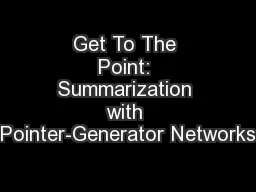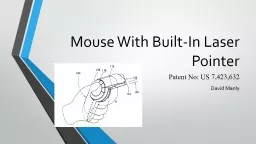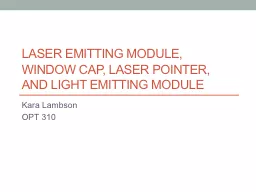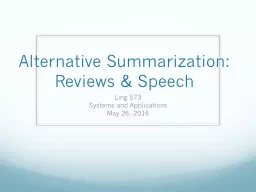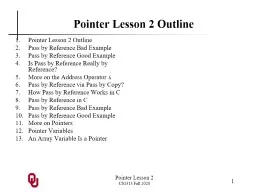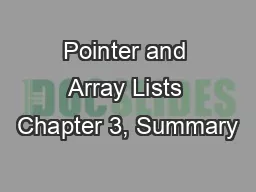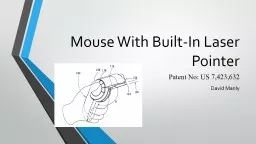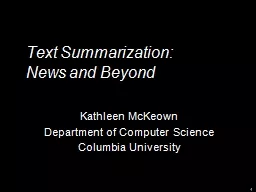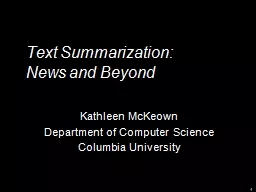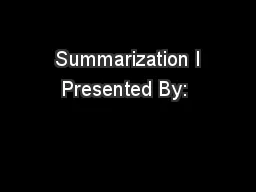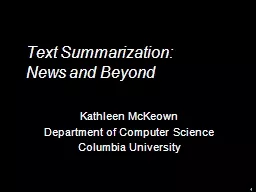PPT-Get To The Point: Summarization with Pointer-Generator Networks
Author : calandra-battersby | Published Date : 2019-02-12
Abigail See Peter J Liu Christopher D Manning Presented by Matan Eyal Agenda Introduction Word Embeddings RNNs SequencetoSequence Attention Pointer Networks Coverage
Presentation Embed Code
Download Presentation
Download Presentation The PPT/PDF document "Get To The Point: Summarization with Poi..." is the property of its rightful owner. Permission is granted to download and print the materials on this website for personal, non-commercial use only, and to display it on your personal computer provided you do not modify the materials and that you retain all copyright notices contained in the materials. By downloading content from our website, you accept the terms of this agreement.
Get To The Point: Summarization with Pointer-Generator Networks: Transcript
Download Rules Of Document
"Get To The Point: Summarization with Pointer-Generator Networks"The content belongs to its owner. You may download and print it for personal use, without modification, and keep all copyright notices. By downloading, you agree to these terms.
Related Documents

